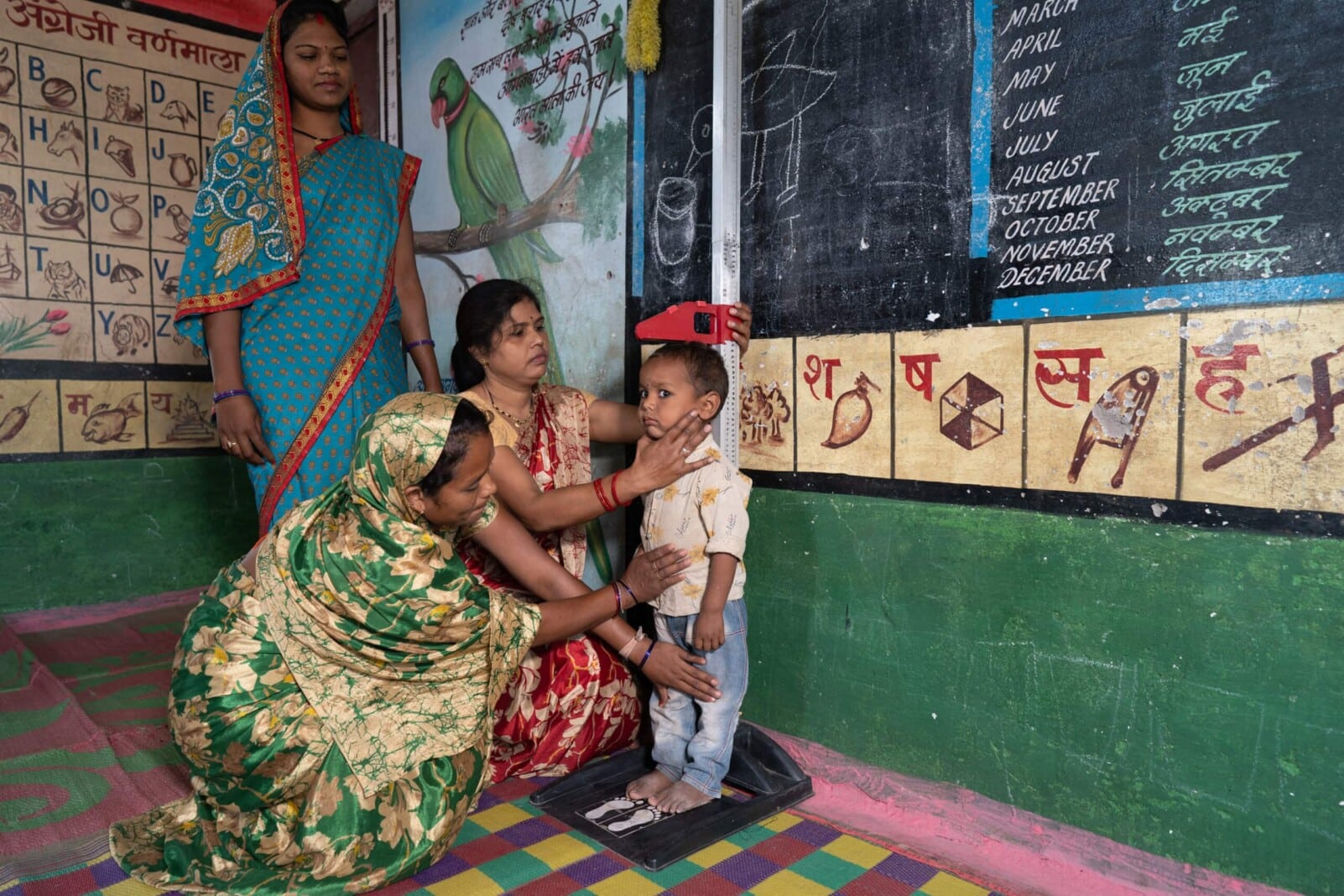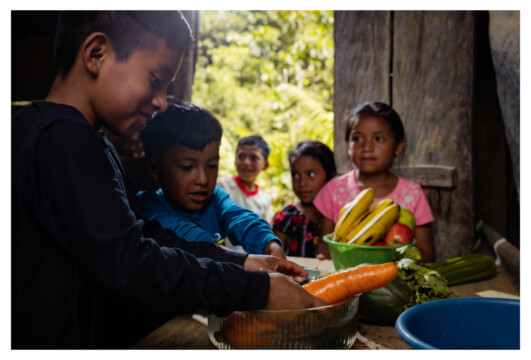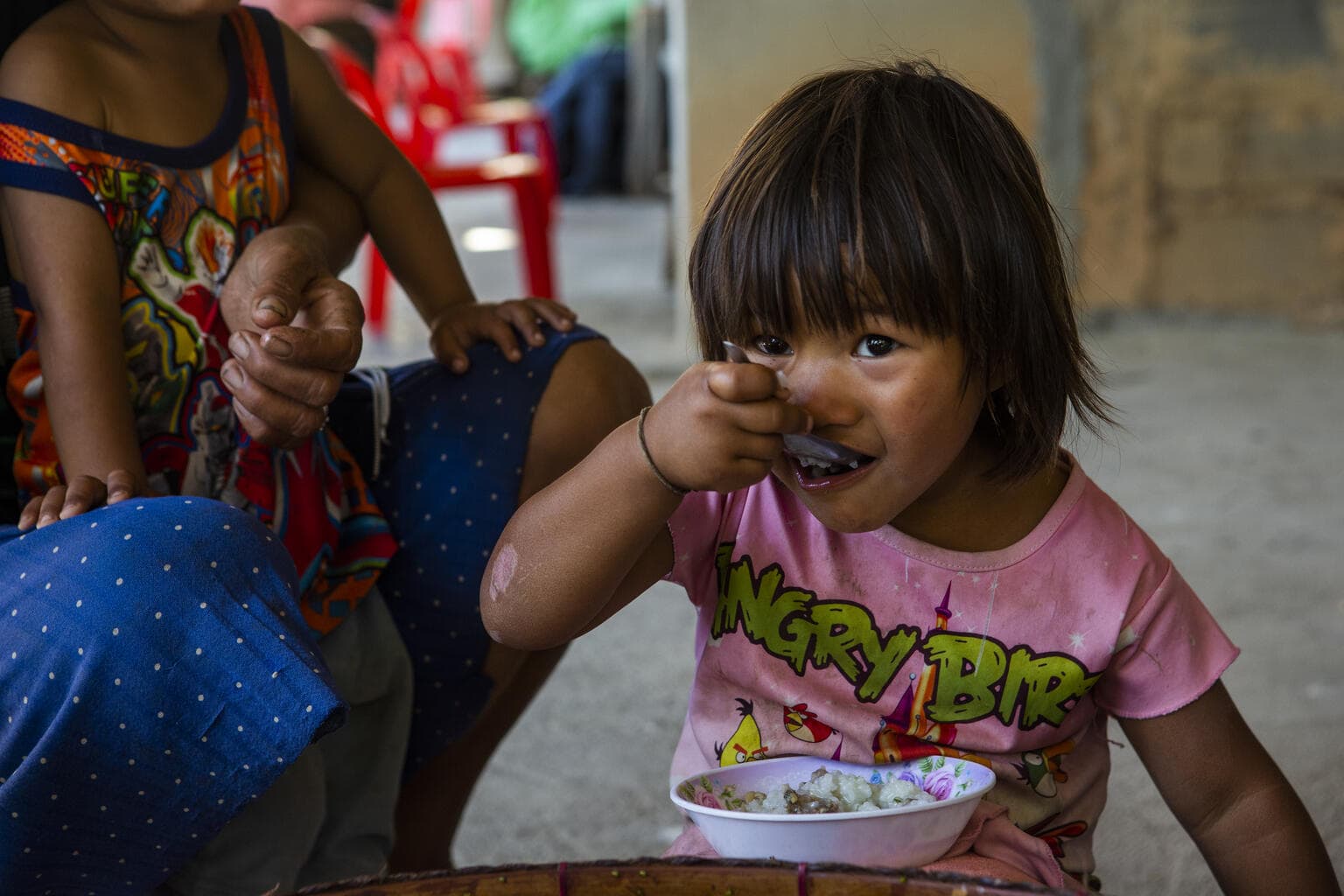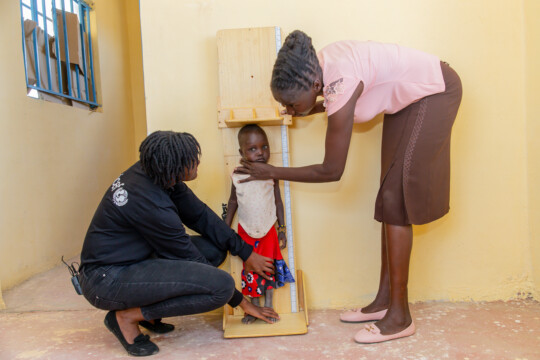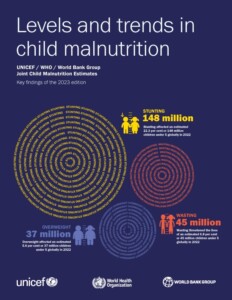
Child malnutrition estimates for the indicators stunting, wasting, overweight and underweight describe the magnitude and patterns of malnutrition aligned with the Sustainable Development Goal (SDG) Target 2.2. The UNICEF-WHO-WB Joint Child Malnutrition Estimates inter-agency group updates the global and regional estimates of prevalence and numbers for each indicator every other year. The key dissemination materials for the 2023 edition includes global, regional and country trends from 2000-2022 for stunting and overweight. For wasting and severe wasting, country estimates are based on available primary data sources (e.g., household surveys), global trends are presented for 2000-2022 and the regional estimates show the latest estimates (2022). Country progress assessment towards the 2030 targets are aggregated into regional summaries are included in the brochure.
The Joint Child Malnutrition Estimates (JME) released in 2023 reveal insufficient progress to reach the 2025 World Health Assembly (WHA) global nutrition targets and SDG target 2.2. Only about one third of all countries are ‘on track’ to halve the number of children affected by stunting by 2030, and assessment of progress to date not being possible for about one quarter of countries. Even fewer countries are expected to achieve the 2030 target of 3 per cent prevalence for overweight, with just 1 in 6 countries currently ‘on track’. Further, an assessment of progress towards the wasting target is not possible for nearly half of countries.
More intensive efforts are required if the world is to achieve the global target of reducing the number of children with stunting to 89 million by 2030. With current progress, the 2030 target will be missed by 39.6 million children, with more than 80 per cent of these ‘missed’ children in Africa. Gaps in the availability of data in some regions makes it challenging to accurately assess progress towards global targets. Regular data collection is therefore critical for monitoring and reporting on country, regional and global progress on child malnutrition.
Download the PowerPoint presentation for UN regions
Download the PowerPoint presentation for UNICEF regions
Access our interactive dashboard
